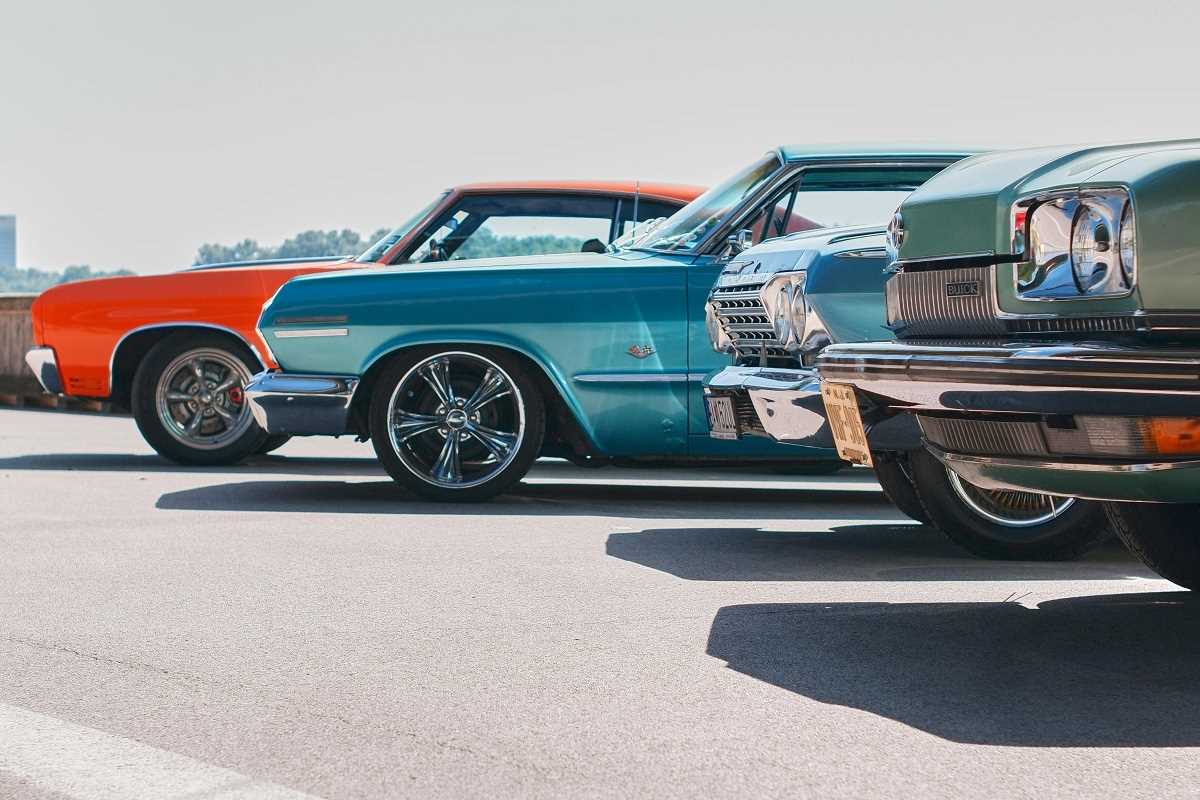Owning a classic car is a labor of love. Your vehicle is more than just a method of transportation; it’s a piece of history, an investment, and a prized possession. But insuring a classic car isn’t the same as insuring a regular vehicle. If you’re considering purchasing or currently own one, this guide covers the most important questions to ask to ensure you’re selecting the right policy.
What Qualifies as a Classic Car?
One of the first questions to ask when insuring your vehicle is whether it qualifies as a “classic car” under your insurer’s guidelines.
- Definition Varies by Insurer:
- While the specifics may differ, most insurers recognize your car as a “classic” if it’s 20–30 years old, in good condition, and has collectible or historic value. You may also hear terms like “vintage” (often pre-1930s) or “antique” (typically 45+ years old), which have distinct qualifications depending on the insurer.
- Specialty Use Requirements:
- Many insurers require that the car is not used as a daily driver and is driven only occasionally, such as for car shows or exhibitions.
Example: If you own a 1967 Ford Mustang that you only drive to car meets on weekends, it likely qualifies as a classic car.
Before reaching out to an insurance provider, check the make, model, and year of your car to ensure it meets their criteria.
How Is Classic Car Insurance Different From Regular Car Insurance?
Classic car insurance is tailored specifically for vehicles with unique value and ownership needs, offering different features than standard auto insurance.
- Agreed Value Coverage:
- Classic car insurance relies on an “agreed value” policy, meaning you and the insurer agree on the car’s value upfront. If your car is totaled, you’ll receive this agreed-upon amount, rather than the depreciated market value standard auto insurance might offer.
- Special Mileage Limits:
- Policies may include mileage restrictions to ensure the car is only used for limited, non-daily purposes, lowering risk.
- Storage Requirements:
- Insurers often require you to keep the vehicle in a secure garage or storage facility to reduce exposure to theft or damage.
- Lower Costs:
- Since classic cars are driven less frequently, insurance premiums for classic car coverage are often significantly cheaper compared to regular policies.
Understanding these differences is critical to finding a policy that protects your vehicle effectively without overpaying.
What Coverage Options Are Available for Classic Cars?
Comprehensive coverage is key to keeping your classic car safe and protected. Here’s what to look for:
- Liability Coverage: Protects you in case your car causes damage to another person or property.
- Collision Coverage: Covers repair costs if your car is damaged in an accident.
- Comprehensive Coverage: Protects against non-collision risks like theft, vandalism, or natural disasters.
- Uninsured/Underinsured Motorist Coverage: Offers protection if you’re hit by a driver without adequate insurance.
- Roadside Assistance: Specialized towing and emergency services designed for classic cars, ensuring proper handling to minimize damage.
For example, if your 1970 Pontiac GTO is damaged by a falling tree branch, comprehensive coverage steps in to pay for the repairs.
It’s wise to work with a provider who understands the unique needs of classic cars and can customize your policy accordingly.
How Do Insurers Determine the Value of a Classic Car?
The value of a classic car isn’t the same as its original purchase price or its depreciated value. Instead, insurers use several methods to establish its worth, such as:
- Agreed Value (Most Common):
- You and your insurer agree on the vehicle’s value based on appraisals, documentation, or market trends for similar cars. This agreed-upon value is what you’ll receive if the car is totaled or stolen.
- Stated Value:
- You estimate the car’s value, and the insurer agrees to insure it for that amount, minus depreciation. This often results in lower payouts and is less common for classic cars.
- Market Value:
- Some policies compare the market price of similar cars to determine your car’s worth at the time of a claim. This is less predictable, as market values can fluctuate.
Examples of factors influencing your car’s value include its condition, rarity, mileage, historical significance, and whether it’s been restored with original parts.
If you’re unsure of your car’s value, it’s worth getting a professional appraisal to ensure your policy fully protects your investment.
What Are the Insurance Requirements for Storing a Classic Car?
How and where you store your classic car is often one of the key requirements for insurance eligibility.
- Secure Storage:
- Insurers typically require that your car be kept in a locked garage or climate-controlled facility to minimize risks such as theft, vandalism, or exposure to harsh weather conditions.
- Evidence of Storage:
- You may be asked to provide photos of your storage area or a formal description that confirms its security features.
- Seasonal Storage Considerations:
- If you live in an area with harsh winters, many classic car policies offer seasonal storage options, allowing you to pause coverage for collision and road use while keeping protections for theft or other risks.
Following these storage requirements helps you maintain coverage and can even reduce your premiums.
Do You Need a Separate Policy for Classic Cars?
It’s generally a good idea to take out a separate policy for your classic car rather than adding it to your standard auto insurance plan. Here’s why:
- Specialized Coverage: Standard auto insurance doesn’t account for the unique needs of classic cars, like agreed value, modified parts, or limited use.
- Affordability: Classic car policies reflect lower risks due to infrequent use and careful storage, often resulting in lower premiums.
For instance, a 1972 Chevrolet Chevelle may require a special liability threshold or key replacement coverage that a standard policy doesn’t include.
Even if bundling your classic car with existing policies seems more convenient, the extra protection of a standalone policy can be worth it.
What Should You Know About Claims for Classic Car Insurance?
Filing a claim for a classic car works a little differently than it does for a regular vehicle.
- Documentation Matters: Be prepared to provide extensive records, such as photographs, appraisal reports, and receipts for restoration or custom work, to justify your claim.
- Specialized Repairs: Many insurers give you the ability to choose a body shop or restoration expert experienced with classic cars, ensuring proper care during repairs.
- Claims May Take Longer: Because of specialized appraisals or repair processes, claims for classic cars sometimes require more time to settle compared to standard vehicles.
Having thorough documentation and working with an insurer who specializes in classic cars will simplify the claims process.
What Questions Should You Ask an Insurance Provider?
When shopping for classic car insurance, ask these key questions to ensure you’re getting the right policy:
- What storage conditions are required for coverage?
- Does the policy cover spare parts and tools?
- Are modifications or restorations covered?
- What is the claims process for agreed value policies?
- Can I drive the car for events or parades without voiding coverage?
The answers to these questions will help you choose a policy that matches your needs.
 (Image via
(Image via





